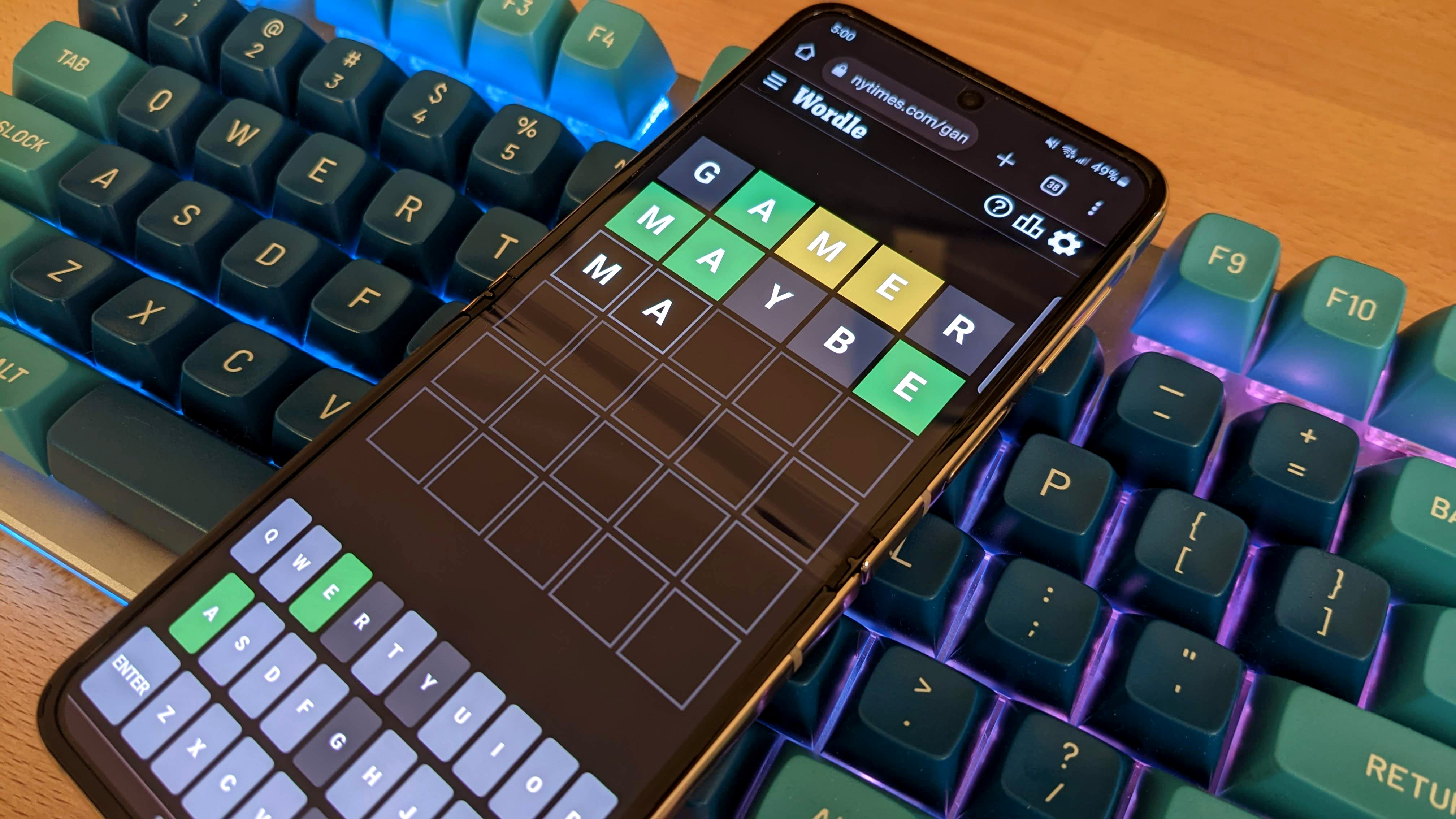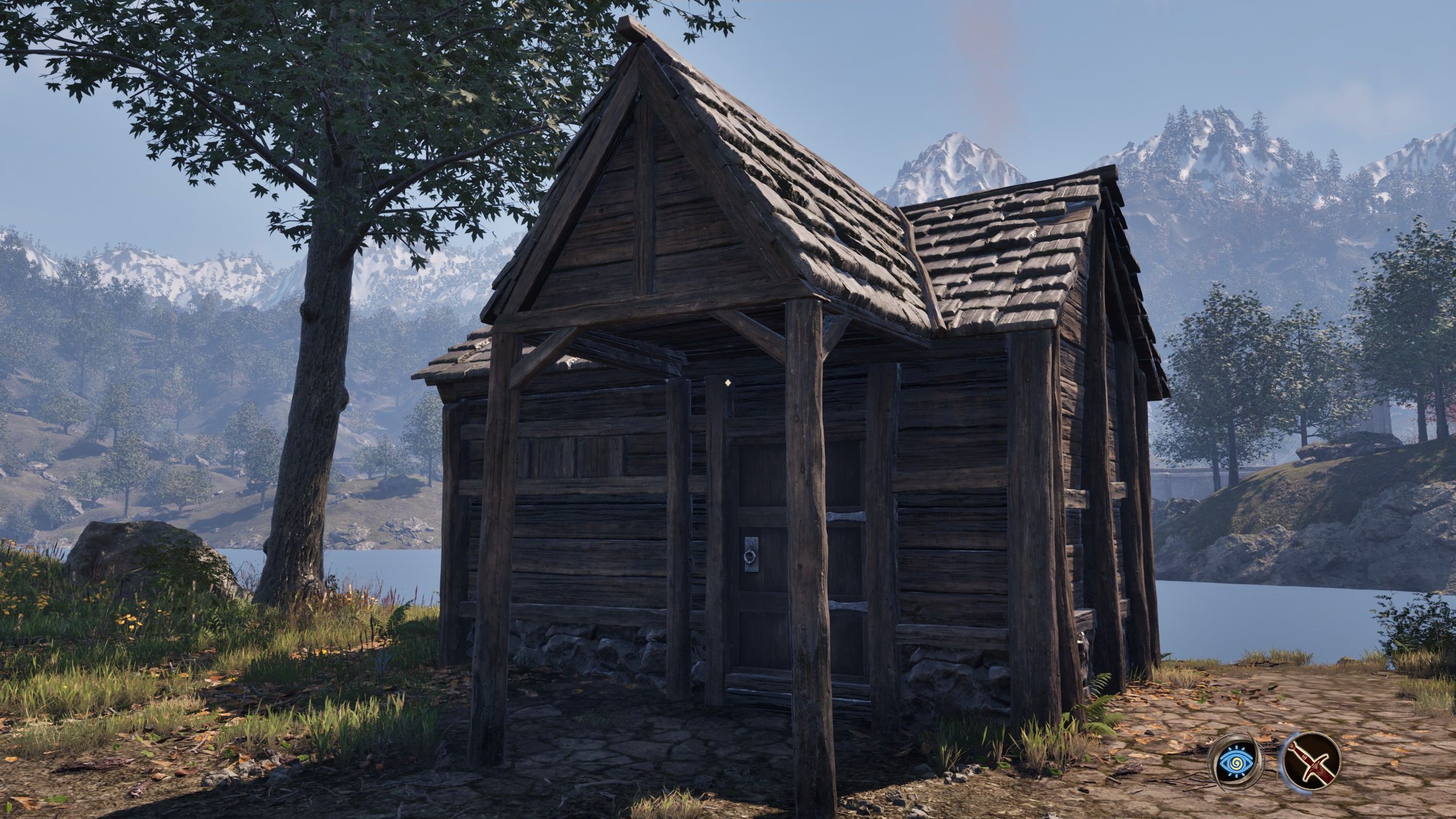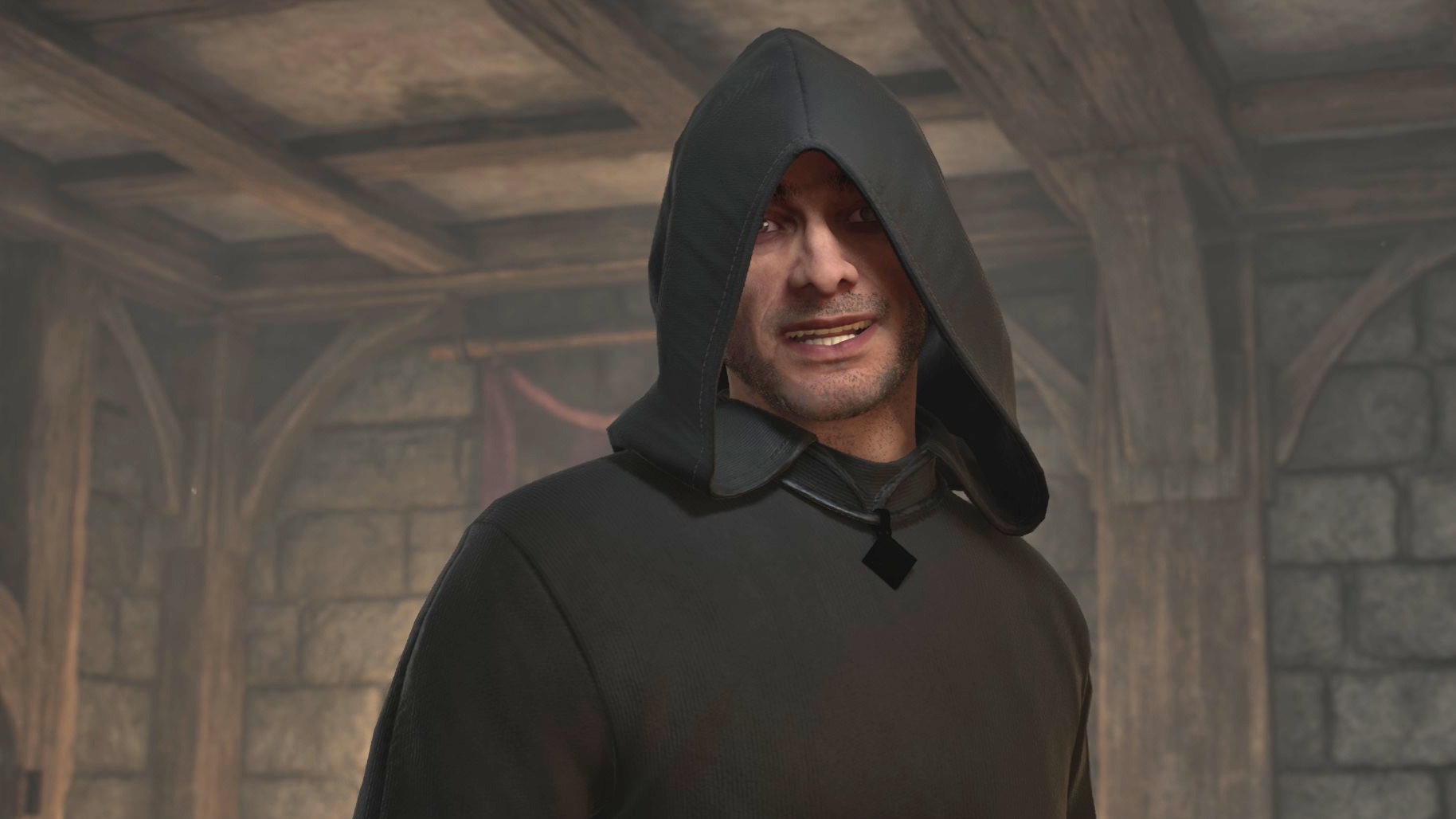
With Party Animals, developer Recreate Games takes the goofy joy of floppy, physics-based multiplayer games like Fall Guys, Gang Beasts, and Human: Fall Flat and puts its own spin on them. Instead of falling in with the rank and file, Party Animals pushes the genre forward thanks to a thoughtful attention to detail, creative levels, and its engaging, comedic showdowns, though it does stumble over its inflexible rules and local multiplayer mishaps.
You’ll take control of an adorable, clumsy animal with a powerful right hook as you join up to seven other players in punching, dropkicking, headbutting, and flopping your way to victory in a variety of different challenges. Their wobbly animations cause a sticky, moving-through-molasses-like feel to the controls that might be a turn-off at first, but after a few rounds it clicks. Doing just about anything – including walking – has a short wind-up, but the delay eventually becomes satisfying as you watch your party animal launch itself into motion. It feels intentional, and contributes to Party Animals’ overall loose sense of combative chaos.
Attacks all have a similarly long wind-up that contributes to the ragdoll nature of your chosen combatant, but when a blow connects, it feels less like a plush pawing from a stuffed animal and more like a powerful pound from a heavyweight boxer. Time even temporarily slows down to really emphasize the impact of a particularly potent punch before your cute little guy goes flying.
When a blow connects, it feels like a powerful pound from a heavyweight boxer.
With three modes, each with its own set of maps, there’s a lot to sink your teeth into here. The main one is Last Stand, which distills Party Animals to its purest, most chaotic form. Each of the nine maps feels relatively small, but they are perfectly sized to house eight-player, every-animal-for-themselves bedlam. They all present you with distinct, clever environmental challenges to overcome and/or throw your opponent into, from a cracking ice float to a high-speed wind tunnel. Weapons appear in all three modes but are most useful in Last Stand because here KOs are prioritized above all else.
Those weapons include giant lollipops, crossbows, tasers, nunchucks, and toilet plungers among others, and they rain down from the sky to help whichever lucky animal picks them up wreak even more havoc. My favorites are the bomb, which can be lit and tossed into the middle of a cluster of critters like something right out of a Looney Toons cartoon, and the nunchucks, which are a chaotic pickup that deals heavy damage very quickly but might also smack you in the face.
As players get whittled away things can start to slow down, but most of Last Stand’s maps ensure that rounds never drag on much longer than three or four minutes on average, as it becomes more difficult to survive as time stretches on. Maybe the rope bridge you’re fighting on suddenly falls sideways, or perhaps the levers that you use to defend yourself from a wild tunnel’s gale snap off, leaving you to get swept away.
I’ve even seen a KO’d player determine the outcome of a match.
True, it’s a drag to be KO’d early and have to spectate until the next match, but you can fling increasingly powerful items like fish, banana peels, and bombs onto the battlefield after getting knocked out, which keeps everyone engaged. On a few occasions, I’ve even seen a projectile from a knocked-out player determine the outcome of an entire match.
The second mode, Team Score, splits its eight maps in half. Four are variations on different sports like basketball, soccer, hockey, and American football. They’re all fun party modes, but they’re not particularly interesting or novel. The non-sports maps, on the other hand, all come with their own unique mechanics that run the gamut of playstyles. In one, you have to carry big chunks of coal to the front of a train to push your team’s locomotive ahead of the other. In another, you’ll launch explosives (and your teammates) across a river into your opponents’ base. Most of them also allow you to sabotage your opponents, adding a welcome layer of chaos to the competition that keeps you from falling into a repetitive rut. Almost every single map introduces new ways to reward you for understanding Party Animals’ floppy controls without leaving new or unskilled players in the dust.
Throwing your opponent down onto the tracks before a train comes is really fun.
Finally there’s Arcade Mode, which is entertaining, but is overshadowed by the others thanks to its relatively small list of just two maps. It’s also very similar to Last Stand; the levels in both modes feature similar mechanics and design philosophies while avoiding the custom-built challenges and objectives found in Team Score. The only real difference is that Arcade puts you into two teams of four with 10 lives shared between them. That similarity is a little disappointing, but Arcade Mode does have my favorite map in Party Animals: Final Destination, where you’re fighting for control of a subway platform. Throwing your opponent down onto the tracks before a train comes is really fun and makes for some tense moments.
It’s so amusing, in fact, it makes me wish I could play it more consistently or in other modes! But because Arcade Mode only makes up two of the 20 total maps in Party Animals, the online matchmaking that seems to pull randomly from the overall pool causes it to come up a lot less often than Last Stand and Team Score. It would be nice if Party Animals included a playlist system that let players opt into whichever modes or maps they like the most.
One thing that sets Party Animals apart from other similar games is that it supports up to eight players, but that bigger scope can also kill a small party’s vibe; while I spent the majority of my time playing in full lobbies, playing with smaller groups uncovered some confusing rigidity beneath the surface. Where other party games have dozens of options to customize rules like item spawn rate and score limits, Party Animals does not. It’s missing the elasticity that makes a great party game replayable for years on end.
This problem is at its worst in Team Score mode, where you can’t modify things like score limits or the arbitrary timer that pops up whenever a team goes a certain amount of time without scoring a point. Playing with people who don’t follow a map’s specific objective or who aren’t familiar with Party Animals’ controls will result in matches that drag on because each map and game mode is designed in very narrow ways that don’t accommodate doing something the developers didn’t necessarily expect.
I felt discouraged from playing multiplayer locally rather than online.
Local Multiplayer is similarly stymied by some eyebrow-raising decisions. Mainly, you’re forced into four-way split-screen (causing frame rate slowdowns on my PC) with a clumsy camera when it seems as though a fixed view of the whole map would work better. I felt discouraged from playing locally with my roommates or inviting friends over to play a few rounds rather than just playing with them online. In 2023, it’s frustratingly common for a party game to force local multiplayer into the backseat – here it’s even hidden within the online multiplayer menu – but it is always disappointing.
These issues, though minor, point to where Party Animals needs some post-launch love and care. I could very easily see a patch or update fixing a majority of them, and it seems like Recreate Games at least intends to support this fluffy mayhem for some time to come. For example, there’s a full item shop where you can spend in-game currency, a progression system, and a locker system that you might expect from a live-service game.
It’s impossible to bring up Party Animals’ item shop without gushing about the adorable cosmetics you can unlock. Almost every character has a variety of cute costumes that range from cheeky nods to pop culture, like an aviator jacket for a goose, to just plain charming digs that make a tiger look like a champion fighter. They don’t change gameplay whatsoever, they’re just there to look cute.
The version I played had everything unlocked already, but you’ll need to earn in-game currencies to unlock a legally distinct Darth Vader lookalike costume for your duck or a samurai costume for the Shiba Inu. It’s hard to say for sure ahead of launch, but between the Fortnite-like shop and the ways Party Animals’ multiple currencies are displayed, I have a feeling you’ll be able to buy in-game currency if you’d like to unlock a specific costume. (There’s also a blind capsule machine where you can buy random items.) That’s largely par for the course in a modern multiplayer game, but at least here you do earn currency, skins, and opportunities to use the capsule machine as you play.








